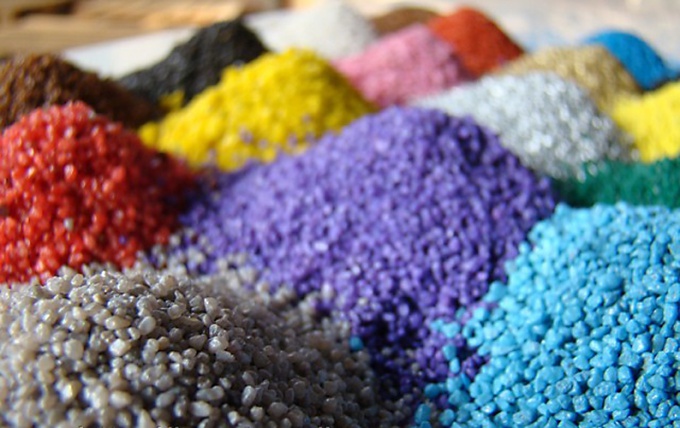You will need
- - Sea or river sand is of a light shade;
- - colors: powder tempera, gouache, food dyes, spray paint;
- - a small vessel;
- water;
- - a stick or spoon for mixing the sand;
- paper to dry sand (Newspapers, paper towels, etc.).
Instruction
1
Find the required number (the number of colors you wish to paint the sand) small containers for making colored sand. It is very convenient to use for this purpose ziploc-bags (Ziplock), which is secured with by the principle zipper. Under stirring in such packages, the sand mixes well with dye and not poured out.
2
Take sand and sift it through a sieve to remove pebbles, twigs and similar debris. Lighter than the sand you find, the more vivid the color obtained in the process of dyeing.
3
Fill prepared containers with sand about three quarters (that then it was convenient to mix the sand, and it does not spill out of the jar or bowl). Do not paint the sand at the same time in large quantities, as you will need a long time to dry, and stained it is weak and uneven.
4
If you use for coloring sand dry powder tempera, add the dye in the dry sand (about one teaspoon of dry tempera on the glass of sand) and carefully mix them together. Then add a small amount of water to the sand only became wet. Again mix well the mixture, achieving a uniform coloring of the sand.
5
If you use food coloring or diluted in water paint, it is better first to wet sandand then add the paint. Then thoroughly stir the mixture, evenly distributing pigments into the sand mass.
6
Mixing the ingredients in a jar or bowl, use a stick or spoon. In packs of sand mixed with dye massaging hands – this process resembles kneading dough.
7
After mixing sand with the dye, leave the mixture for about 30 minutes to sand well prokralsya.
8
Pour colored sand into sheets of paper or paper disposable plates large diameter. Spread the sand as a thin layer and dry during the day.
9
Now color the sand is ready for use in your work.
